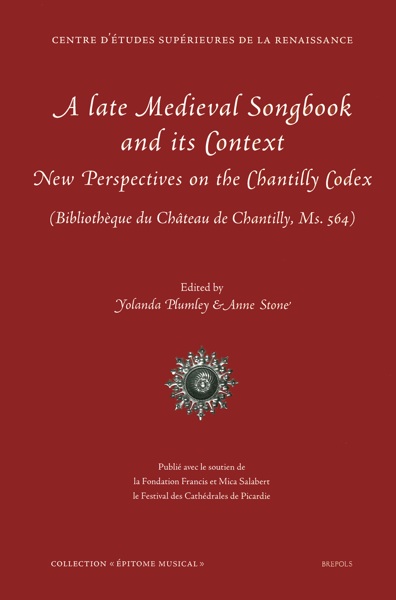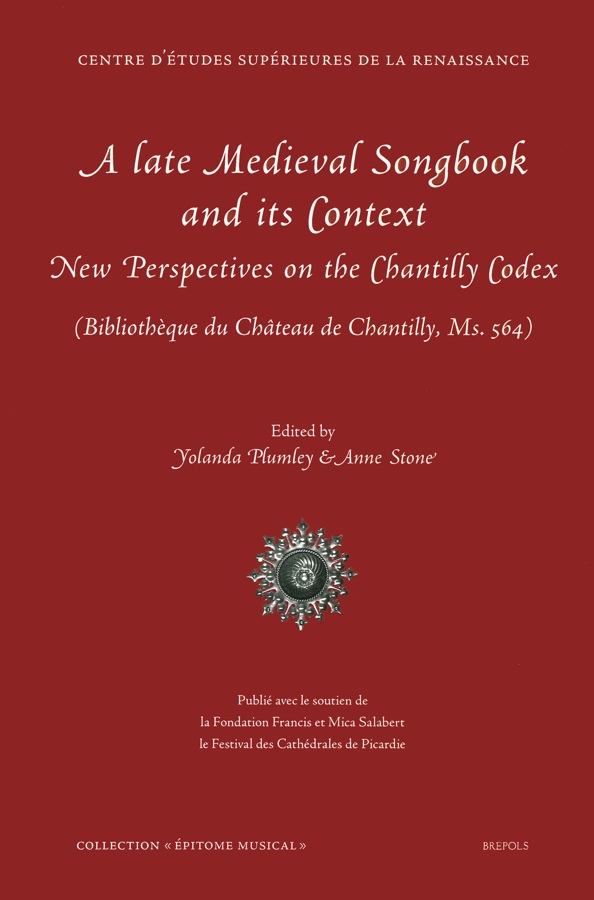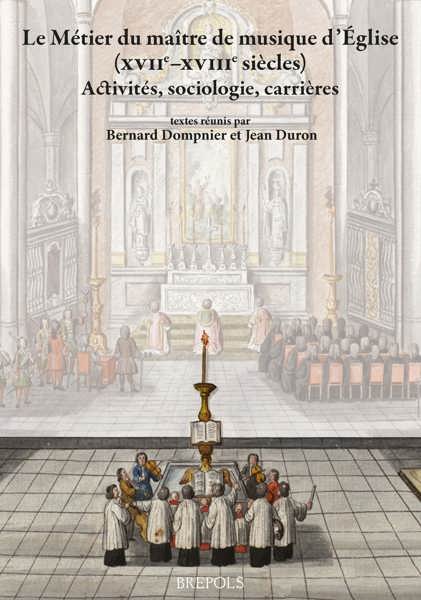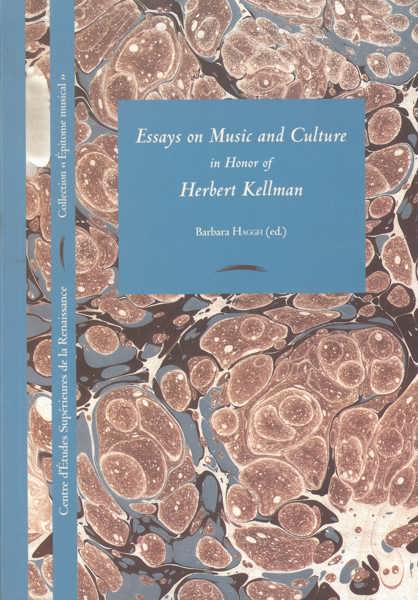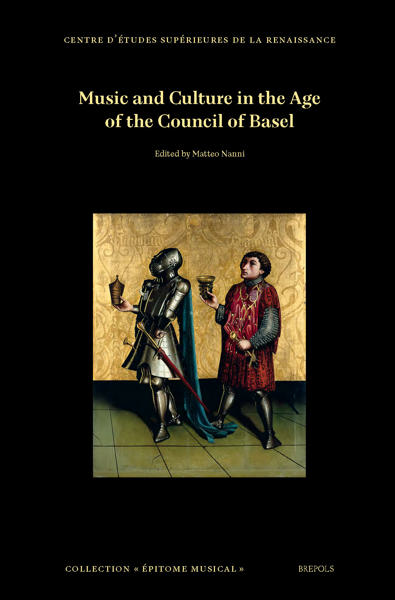
A Late Medieval Songbook and its Context: New Perspectives on the Chantilly Codex (Bibliothèque du Château de Chantilly, Ms. 564)
Yolanda Plumley, Anne Stone (eds)
- Pages: 368 p.
- Size:190 x 290 mm
- Illustrations:10 b/w
- Language(s):French, English
- Publication Year:2010
- € 70,00 EXCL. VAT RETAIL PRICE
- ISBN: 978-2-503-51598-4
- Paperback
- Available
- € 70,00 EXCL. VAT RETAIL PRICE
- ISBN: 978-2-503-53762-7
- E-book
- Available
Yolanda Plumley and Anne Stone, Introduction
I . Reading the Repertory
Virginia Newes, Deception, Reversal, and Paradox. The Rondeaux of the Chantilly Codex in Context – Gilles Dulong, En relisant Solage – Elizabeth Eva Leach, Dead Famous: Mourning, Machaut, Music, and Renown in the Chantilly Codex – Gilles Dulong and Agathe Sultan, Nouvelles lectures des chansons notées dans le codex Chantilly – Elizabeth Randell Upton, Editing Chantilly Chansons: Scribal Procedures for Text Placement and Larger Questions of Musical Style
II . Reading the Notation
Jehoash Hirshberg, Criticism of Music and Music as Criticism in the Chantilly Codex – Dorit Tanay, Between the Fig Tree and the Laurel: Or voit tout Revisited – Jason Stoessel, The Interpretation of Unusual Mensuration Signs in the Ars subtilior – Margaret Bent, The Myth of tempus perfectum diminutum in the Chantilly Manuscript
III. Sources and Questions of Provenance
Reinhard Strohm, Diplomatic Relationships between the Chantilly Codex and Cividale Fragments? – Maricarmen Gómez, French Songs in Aragon de Terence Scully révisé – Thomas Brothers, Flats and Chansons in MS Florence, Biblioteca Nazionale, Panciatichi 26 – Mark Everist, A New Source for the Polyphony of the Ars subtilior. Paris, Bibliothèque nationale de France, nouvelles acquisitions françaises 22069 – Yolanda Plumley and Anne Stone, Cordier’s Picture-Songs and the Relationship between the Song Repertories of the Chantilly Codex and Oxford Manuscript – Guiliano Di Bacco, The Myth of Philipoctus de Caserta?
Abbreviations
